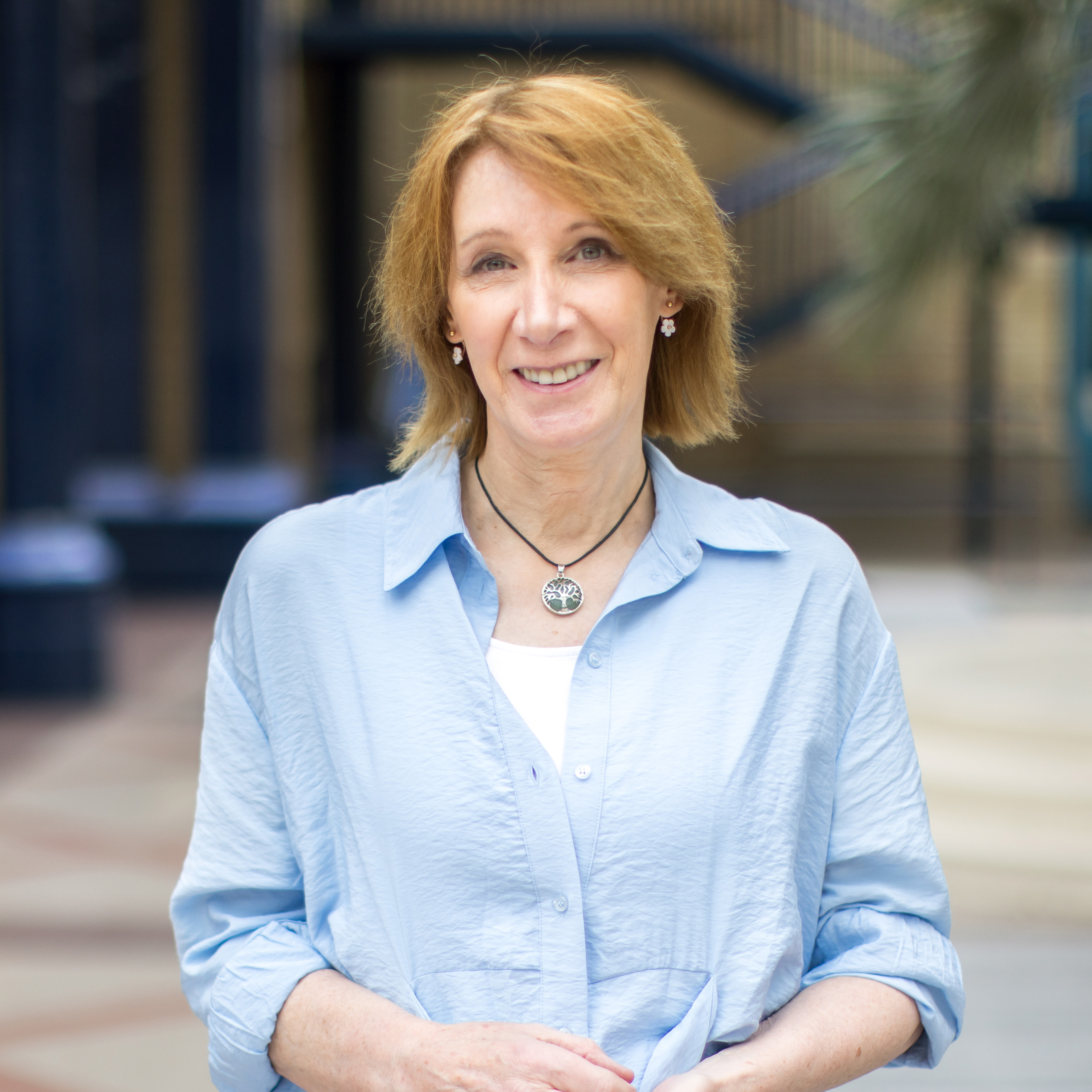Tour de Romandie: Mountain TT - Preview
Philippa York takes an in-depth look at the crucial stage to Villars
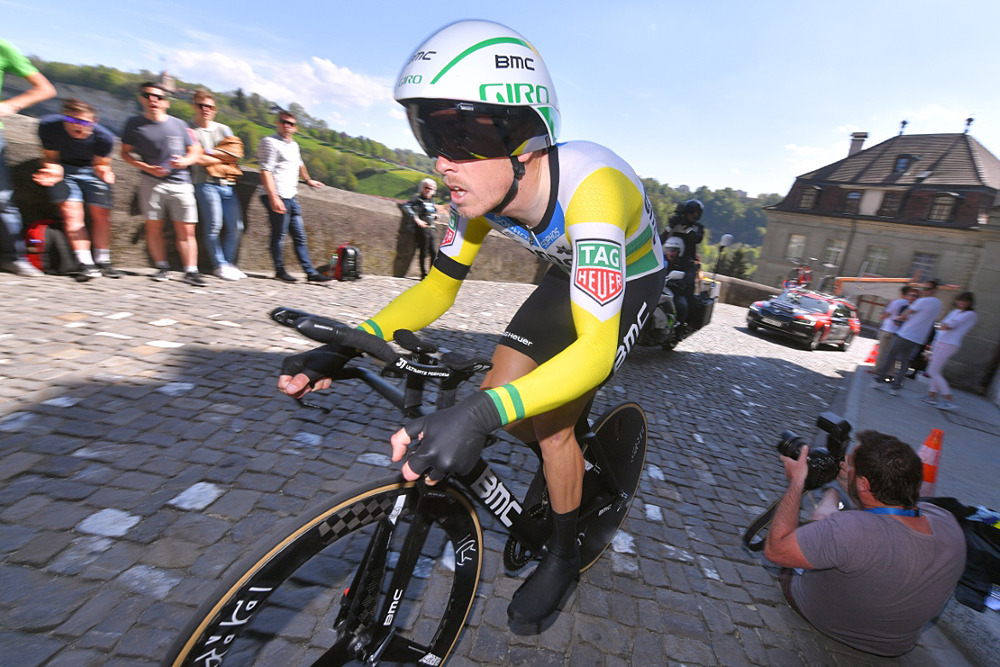
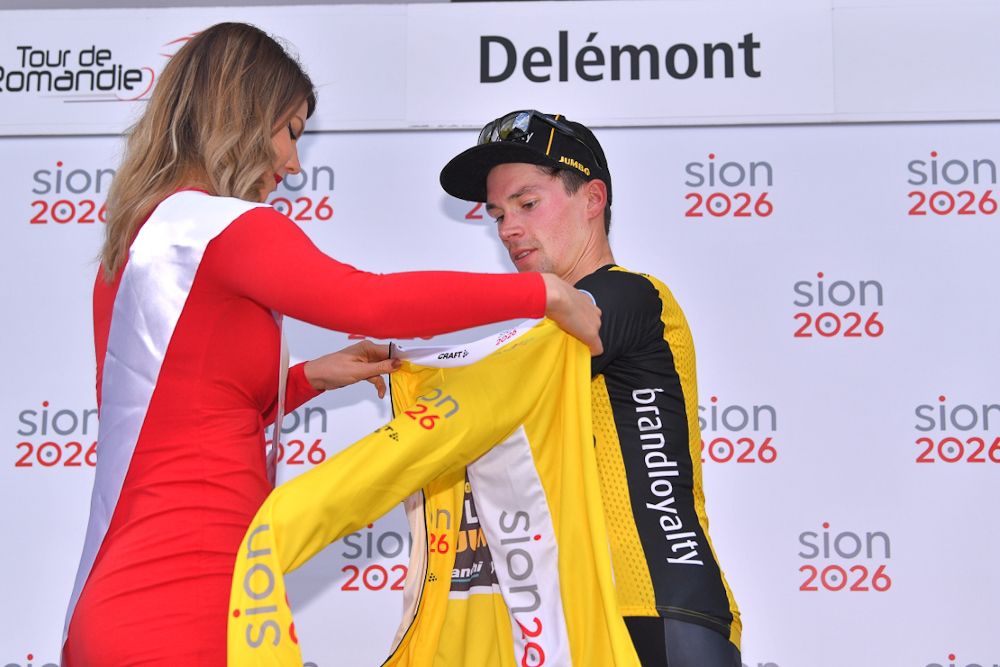
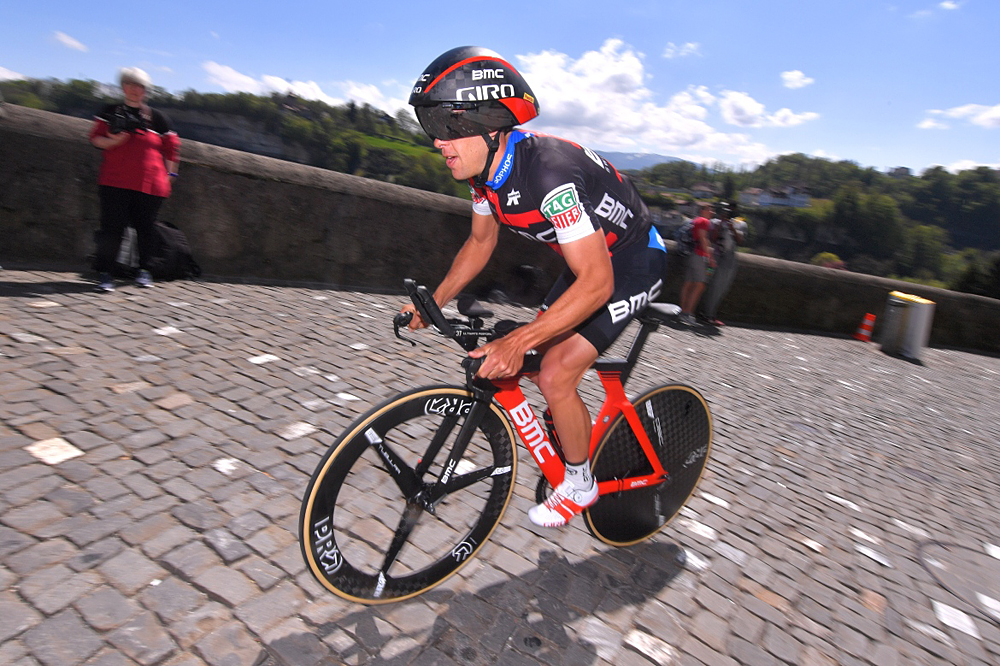
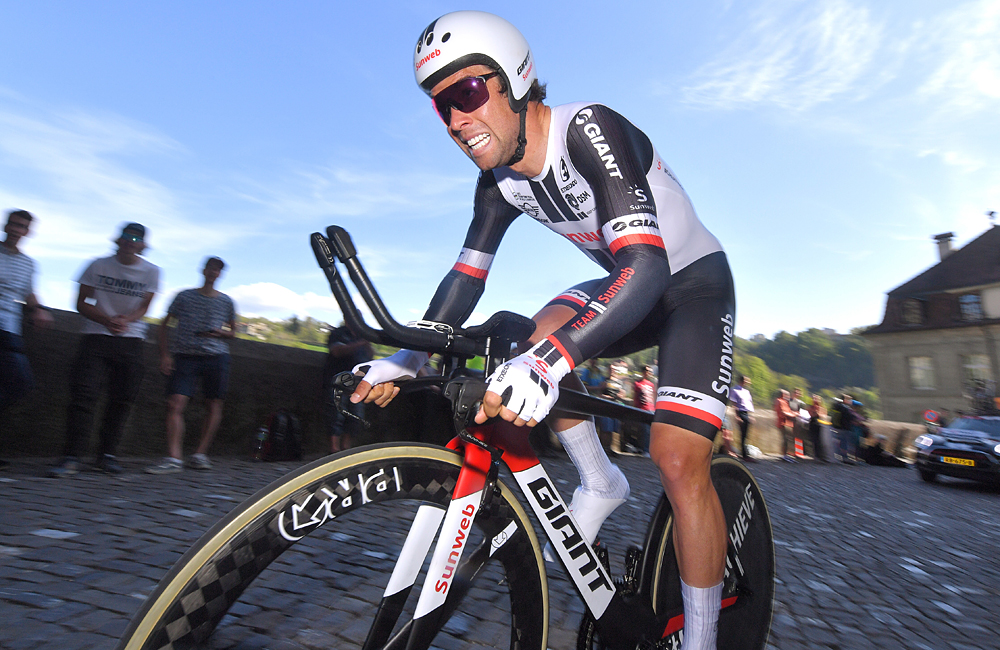
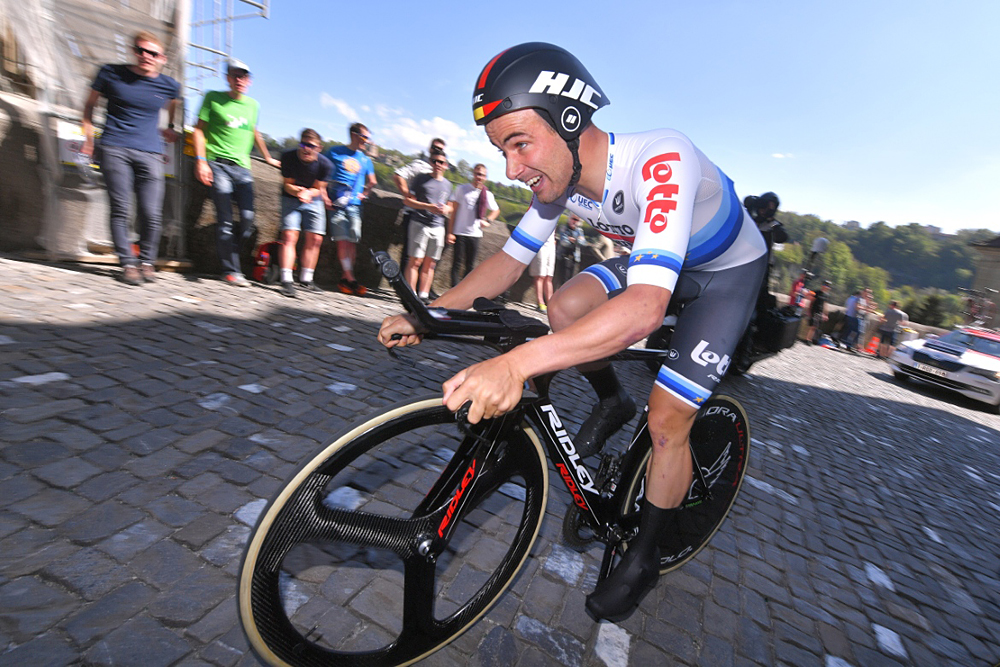
Stage 3 of the Tour de Romandie sees the riders tackle the 9.9km mountain time trial from Ollon to Villars. Primoz Roglic carries the yellow jersey into the stage but Rohan Dennis, Richie Porte and Geraint Thomas are among the challengers. Philippa York runs the rules over a day that is likely to prove pivotal.
Distance: 9.9 kilometres
Elevation: 785 metres
Average Gradient: 7.9 per cent
If the same climb was the final ascent of a road stage then how the climb is tackled, and the unfolding race situation, would be completely different to today's stage. That's because the ability required to win directly against another rider, or a group of riders, isn't the same as what the lone effort requires.
This Tour de Romandie stage will be a perfect indication of the difference between the explosive climbers and the guys who can climb at a high pace but won't necessarily be capable of following a big acceleration. And that's the key to riding this stage; no brutal changes in pace and - even more importantly - no going into the red before the finish line is close.
On a road stage there are a couple of options for the explosive climber but here, with such a steady gradient, the only one successful tactic is to take on the climb with a steady pace. That's not in the toolkit for everyone, hence my expectation that the winner, and probably the next race leader - although I doubt Primoz Roglic will crumble - will be one of the time trial specialists who can also climb in a very respectable manner.
There are no ridiculous ramps and no tight hairpins to rest on, so for guys who work best with some out of the saddle time, this route isn't going to suit them. It'll be a grind, sitting down for the majority and, since it's only 10 per cent at its hardest, a good aero position will have an influence too.
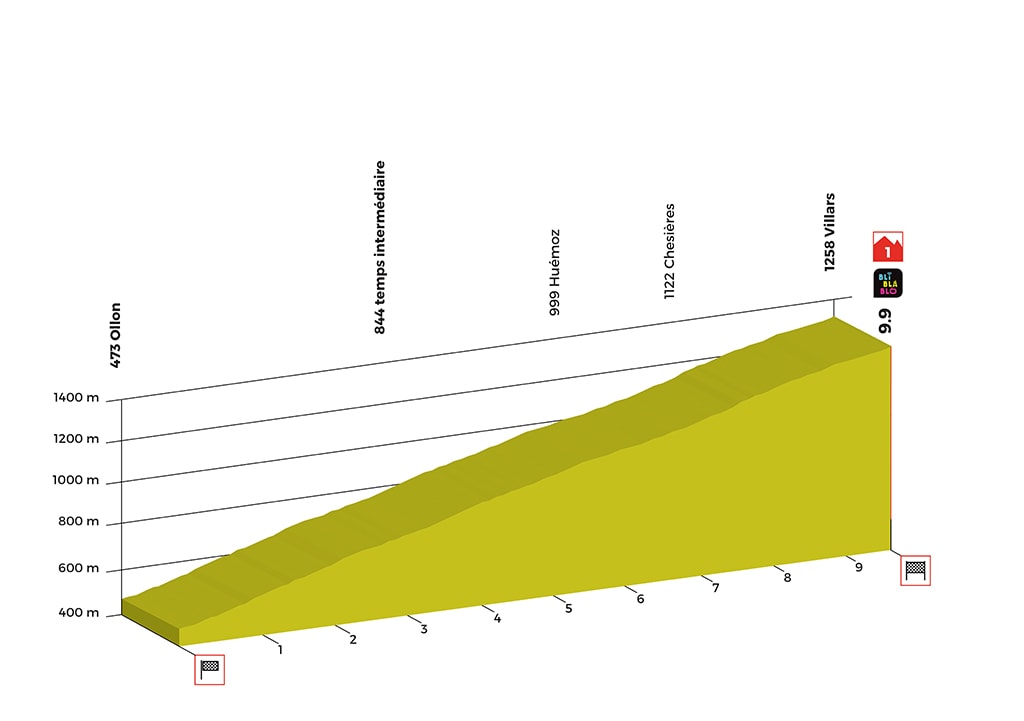
The vast majority of the favourites will know the climb to Villars as it was the finish for stage 4 of last year's Tour de Suisse. Back then stage winner Larry Warbasse took just under 30 minutes to do the climb but that was after 130km so the TT will be quicker than that. The wind direction ought to be the same as last year - tail - and the weather will be similar too, so the gearing choice won't be an unknown. Some of the bigger gear pullers will change to a larger inner ring but it won't be a 46 like Geraint Thomas used in the prologue. It's more likely to be a 42, and I'd be tempted to pair that with a 49 or 50 outer ring. Then if you can change up in the final kilometres it's a massive morale boost.
Get The Leadout Newsletter
The latest race content, interviews, features, reviews and expert buying guides, direct to your inbox!
It'll be the road bike with aero extensions for those taking the stage seriously. There's no point in being tempted to try slightly longer cranks with so little out of the saddle climbing, and with the long mountain stage the next day it might throw up a few extras pains somewhere. One bottle cage will be enough and I'd probably up the tyre pressures a tad. I'd even consider going down a few millimetres in tyre width too. Obviously, you'd also select the lightest wheels possible. There will be extra points for riders with no gloves, no shoe covers and if there's the option, a short sleeve skinsuit. Maybe all the little weight savings add up to almost nothing but it's the thought that counts and the mental side of hurting yourself is just as important as having the legs to perform.
The method to riding the climb? The theory goes: start at an almost flat-out pace for the first four kilometres or so, then after getting past the steep part in the middle, lift the pace to right on the edge of blowing and hopefully keep that speed right to the line. That's 10 minutes or so of purgatory. The last 500 metres are slightly easier, but realistically not many riders will produce a sprint. It's not that kind of effort and by then you're hurting everywhere. Legs, back, arms - they're are all burning, and if they aren't then you haven't got everything out.
Who will win? Well, the last 30 riders are when it gets serious and they'll have feedback from teammates who'll have ridden and told them the particularities of the day, such as where there's more or less wind, and which part they found hardest, as that's not always the steepest section. Things really get serious for the last 10 guys, so this is a good test for Richie Porte and the Team Sky duo of Egan Bernal and Geraint Thomas. Rohan Dennis will find some answers to his where his Giro form is but I expect race leader Roglic will keep his yellow jersey. Pierre Latour and Bernal are the dark horses that'll push him close though.
Cyclingnews have booked an exclusive seat in EF-Drapac team car so look out for that report on how the riders and the directeurs sportifs prepare and manage such a vital stage.
Philippa York is a long-standing Cyclingnews contributor, providing expert racing analysis. As one of the early British racers to take the plunge and relocate to France with the famed ACBB club in the 1980's, she was the inspiration for a generation of racing cyclists – and cycling fans – from the UK.
The Glaswegian gained a contract with Peugeot in 1980, making her Tour de France debut in 1983 and taking a solo win in Bagnères-de-Luchon in the Pyrenees, the mountain range which would prove a happy hunting ground throughout her Tour career.
The following year's race would prove to be one of her finest seasons, becoming the first rider from the UK to win the polka dot jersey at the Tour, whilst also becoming Britain's highest-ever placed GC finisher with 4th spot.
She finished runner-up at the Vuelta a España in 1985 and 1986, to Pedro Delgado and Álvaro Pino respectively, and at the Giro d'Italia in 1987. Stage race victories include the Volta a Catalunya (1985), Tour of Britain (1989) and Critérium du Dauphiné Libéré (1990). York retired from professional cycling as reigning British champion following the collapse of Le Groupement in 1995.
